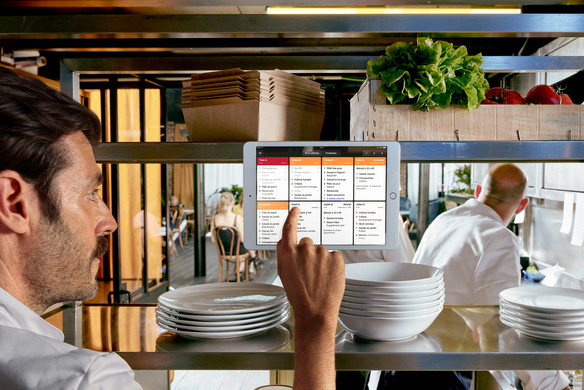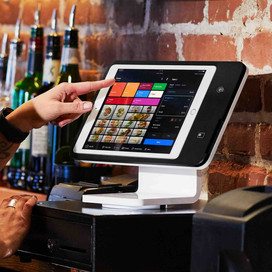Table of contents
As cities and states are faced with ever-changing regulations around COVID-19 safety, businesses that were once just focused on adapting as quickly as possible are now taking a deeper look at how to structure and expand their business to meet the needs of all customers and safety guidelines. While we’d all like to put the pandemic and the memory of 2020 far behind us, the truth is that the ongoing effects of the pandemic are likely here to stay for a while past the pandemic itself.
One of the major ways that restaurants in particular have changed in recent years is how they view the way that customers can dine with them. Gone are the days of only being able to experience a restaurant by ordering and dining in-person. Today, restaurants are shifting towards an omnichannel approach to their business, to make sure that no matter where their customers are, or what their comfort level is with in-person dining, they can still experience their cuisine.
What is omnichannel commerce?
Omnichannel commerce connects the dots between all your channels to better engage with your customers. The goal is to keep customers moving around within the brand ecosystem, with each channel working in harmony to nurture more sales and engagement. It also enables you to serve your customers through whatever channel they are most likely to use, removing barriers between you and their business. An omnichannel restaurant strategy can look like this:

The future of omnichannel in restaurants
As a means to adapt and survive, restaurants introduced new channels for customers to dine with their business. For many, this meant taking on a new online-order heavy approach. That brought with it the introduction of new technology and restaurant management tools to make the transition from on-premise to off-premise dining seamless.
For restaurants, like The Kebab Shop, having a foundation of a kitchen management system and QR code ordering made adding on curbside pickup and on-demand delivery a natural expansion.
“What we’ve seen in this past year, is how important it is to offer customers the opportunity to order online and to order contactless and curbside delivery. In the beginning [of the pandemic] it was only representing 10% of our sales. The number has gone from 10% to close to 45%” says Wally Sadat, owner of The Kebab Shop.
Now, The Kebab Shop’s online orders are a huge part of their business, and one they plan to further invest in. The most important consideration for Sadat when onboarding new channels are how they make things easier for their customers.
“When a customer is on our website, they can choose pickup or delivery,” says Sadat. “ They don’t need to download an app and they don’t need to use any third party. They can literally just hit delivery, put your address, put any notes in the checkout process, and checkout on our website.”
Prior to the pandemic, many restaurants were managing their online orders through third-party platforms, but with tools like On-Demand Delivery, and a focus on reducing unnecessary costs, businesses like the Kebab Shop found that managing orders directly through their website was better for them and their customers.
“As a restaurant, financially you’re not paying these high fees to these third party companies anymore. The financial gain is the operational gain.”
While the pandemic was a challenging time, it also opened up opportunities for restaurants to view their business through a different lens and take a risk on the adoption of new channels, like On-Demand Delivery.
We’ve all learned to adapt to the pandemic way of life and our newly found concerns and precautions won’t disappear overnight. Just as your business is coming out of a degree of hibernation, so are your customers. As things open back up, keep in mind that not all of your customers are on the same page and will have varying degrees of what they’re comfortable with.
Over the next few months, prioritize empathy and communication with your customers. If you haven’t yet started reaching out to customers over email, build out an email communication plan, using an email marketing management tool, to keep customers informed on what stage of reopening your business is at and remind them of all of the different ways they can dine with your business if they aren’t quite ready to dine indoors.
![]()












